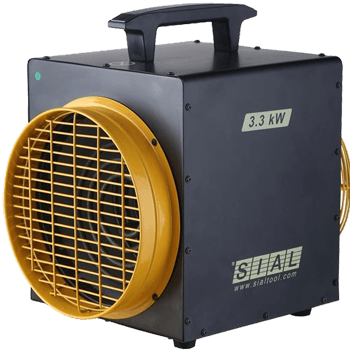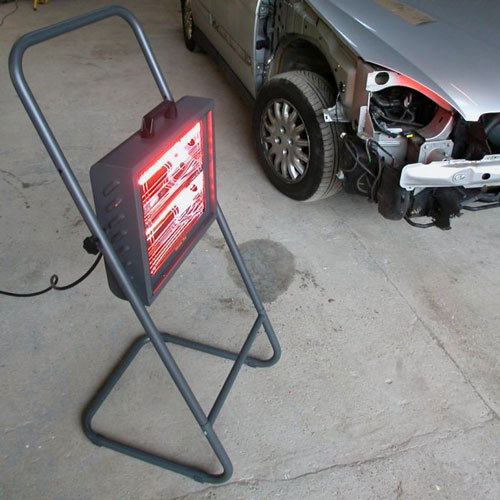
Paint spraying in cold temperatures, 6 tips for the perfect sprayed paint job
Spraying paint and lacquer in cold weather is often challenging. Unfortunately, the low temperatures make car spray painting especially difficult! We’ve put together a total of 6 tips that will help you get a perfect coat of paint, even in the colder winter months.
Temperature for Spray Painting
When it comes to spraying Car paint or regular paint, temperature is one of the most important factors. This includes the surrounding temperature, the temperature of the object, and the paint itself. Below are tips to help you achieve a smooth, professional result!
Tip 1: Maintain a Good Working Temperature
Before you start spraying, ensure the room is at a comfortable temperature. We recommend keeping it around 20°C (68°F). This will help the paint flow and cure properly. The room’s temperature greatly impacts the smoothness and drying of the paint.
Tip 2: Optimize the Temperature of the Surface
Besides the room temperature, the surface you’re painting should also be at room temperature. Avoid spraying paint on a cold surface! Our advice is to keep the object around 20°C as well.
Humidity
Fortunately, humidity doesn’t affect our solvent-based car paints. Only water-based paints are impacted by humidity levels.
Tip 3: Ensure the Paint Itself is at Room Temperature
Make sure the paint itself is at room temperature. If stored in a cold garage or workshop, paint cans and spray bottles will quickly cool down. Try to keep the temperature between 15 and 20°C. If necessary, place the can in lukewarm water to warm it slowly to room temperature. Avoid using hot water, as this may cause the can or paint canister to burst!
Warm the Space with a Heater
If the room isn’t between 15 and 20°C, consider using a heater. Our heaters are easy to plug into standard outlets and are safe for small to large spaces. A comfortable room temperature not only improves spray results but also makes the workspace more pleasant. In our collection, you’ll find heaters for both small areas and large garages or workshops.

Heating and Drying with an Infrared Heater
Shortwave infrared dryers are often used to speed up the drying of paints and lacquers and can also help heat up a space. This type of heater is ideal for spot repairs or finishing small sections, as it dries paint quickly, making it perfect for winter use.

Tip 4: Use Air-Drying Primer & Clear Coat
Air-drying paint is ideal for cold weather. Because it dries faster in the air, it’s less affected by low temperatures. Both air-drying clear coat and air-drying primer will dry within 15 minutes, even in cold conditions, for a professional finish.
Tip 5: Use a Fast Hardener for 2K Paint
When using 2K paint, you’ll need to mix two components, adding a hardener to the 2K car paint. During cold weather, we recommend using a fast hardener, as it reduces drying time when temperatures are low.
Tip 6: Seal Paint Cans Properly
Once you’ve mixed the paint, seal the cans quickly to prevent the hardener from deteriorating. Hardeners contain isocyanate, which attracts moisture and can spoil the activator. You can tell if a hardener has gone bad if it looks cloudy; it should be completely clear.



